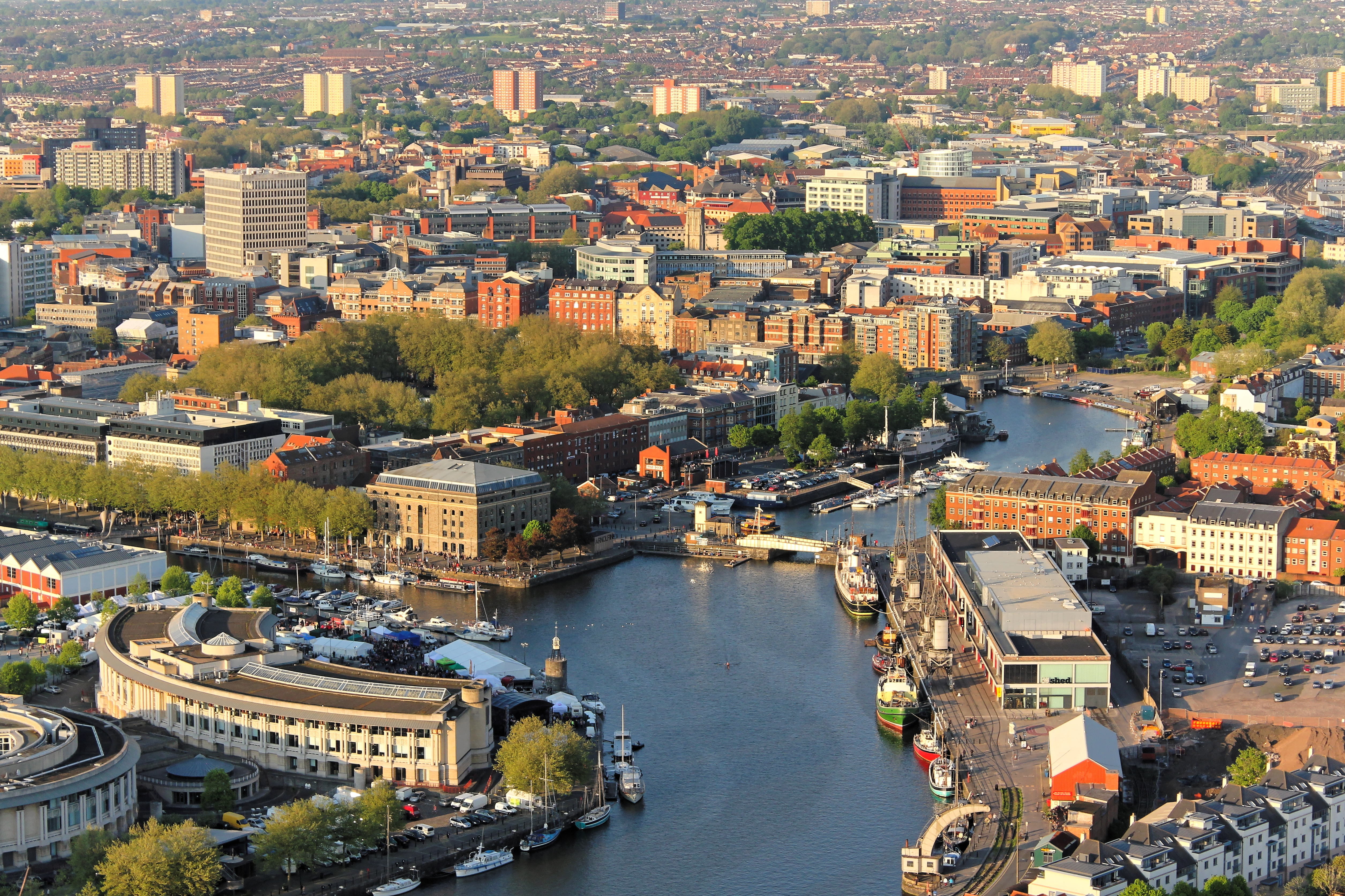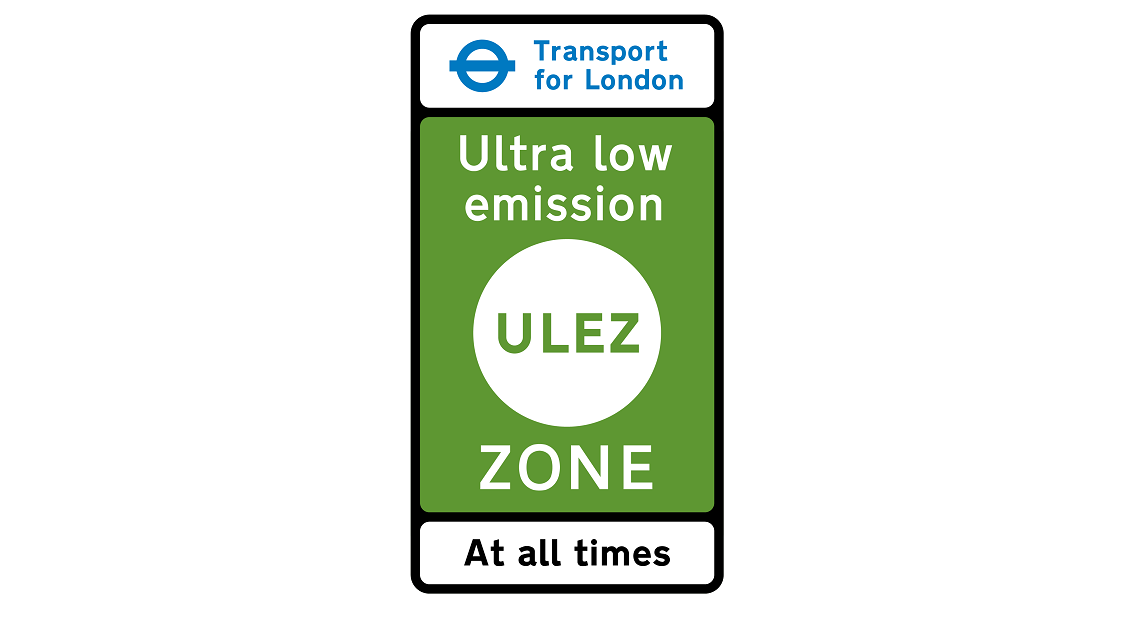Clean Air Zones are being rolled out across the UK to try and lower emissions. In this article, Helen Dolphin looks at the towns and cities that have introduced these initiatives.
Since April 2019, drivers of the most polluting vehicles have had to pay a daily charge to drive into central London. This has also been rolled out in some other parts of the UK. This is because the air quality in many places needs to be improved and one of the ways to improve it is by introducing Clean Air Zones.
What is a CAZ?
A Clean Air Zone (also known as a CAZ) is designed to improve air quality by cutting pollution and encouraging people to drive more eco-friendly vehicles. A CAZ could be just a single road but is usually part of a town or city.
Local Authorities can decide what level of restriction to apply. There are four types of Clean Air Zone:
- Class A – Buses, coaches, taxis and private hire vehicles (PHVs)
- Class B – Buses, coaches, taxis, PHVs and heavy goods vehicles (HGVs)
- Class C – Buses, coaches, taxis, PHVs, HGVs and light goods vehicles (LGVs)
- Class D – Buses, coaches, taxis, PHVs, HGVs LGVs and cars
If a Clean Air Zone decides to charge drivers of highly polluting vehicles, then local authorities can only set charges at levels designed to reduce pollution, and not use them to raise additional revenue. Where charges are imposed, most councils use automatic number plate recognition cameras (ANPR) to track vehicles and check their emission rating.
When measuring how polluting a vehicle is, the European Emission Standards are often mentioned – these are standards which limit the level of pollutants that a car can emit. The most recent standard was Euro 6, and all new cars being produced have to be Euro 6 compliant. It is expected that Euro 7, the next standards to be introduced, will start in 2025.
You can find your vehicle’s emission standard in your vehicle log book (V5c) or from your vehicle manufacturer.
Disabled Tax Class exemption
Vehicles registered with a disabled tax class (such as all Motability Scheme vehicles) are automatically exempt from paying any Clean Air Zone charges. However, this does not automatically include Blue Badge holders who may be required to pay the daily charge if their vehicle does not meet the emissions standard and they are not eligible for an exemption.
You can find out more about your Motability Scheme vehicle’s tax here. It’s also worth noting that the London ULEZ exemption for disabled tax class vehicles is only valid until 24 October 2027.
Cities which have introduced a CAZ
Bath
Bath launched its first CAZ on 15 March 2021. It is a class C zone, which means that non-compliant trucks, buses, coaches and taxis are charged to drive in the city centre.
Non-compliant buses, coaches and lorries are charged £100 a day, while taxis, minicabs, vans and minibuses pay £9. Private cars and motorbikes are not charged.
Birmingham
Birmingham’s Class D Clean Air Zone came into operation on 1 July 2021. It covers an area of the city inside the inner ring road (A4540 Middleway). Buses, coaches and lorries not meeting the Euro 6 emission standard are charged £50 per day, while cars not meeting the Euro 6 or Euro 4 requirements are charged £8.
Bradford
A Class C CAZ was introduced on 26 September 2022. The Bradford zone covers the area inside, and including, the Bradford outer ring road. It also extends out along the Aire Valley corridor, (Manningham Lane/Bradford Road and Canal Road area) to include Shipley and Saltaire.
Charges do not apply to passenger cars and motorbikes (even if you use them for work). This excludes taxis and private hire vehicles (PHVs). Light Goods Vehicles and Car-Derived Vans that do not meet the emissions standards required are chargeable regardless of their use, be it private or business.
Bradford residents and businesses can apply for an exemption to charges for such vehicles, provided they were owned before 26 September 2022. Non-compliant taxis and PHVs have to pay a daily charge of £7, Light Goods Vehicles (LGVs) have a daily charge of £9, and coaches, buses and HGVs have a charge of £50.
Bristol
Bristol City Council introduced a Class D CAZ in November 2022. The CAZ is intended to encourage drivers and businesses to either update their vehicles, change their route, change their mode, or not make the trip. No vehicles are banned from entering Bristol’s Clean Air Zone, but older and more polluting vehicles have to pay a daily charge.
Private cars, taxis and vans are charged £9 per day and buses, coaches and HGVs are charged £100 per day. Charges apply 24 hours a day and seven days a week. Blue Badge holders were previously exempt from the charge, but this ended on 31 March 2023.
Portsmouth
Portsmouth’s class B CAZ came into operation on 29 November 2021. For the Portsmouth CAZ ‘non-compliant’ vehicles are buses, coaches, taxis, private hire vehicles and heavy goods vehicles that do not meet Euro 6 Standards if diesel, or Euro 4 Standards if petrol.
Non-compliant taxis and private hire vehicles will be charged £10 per day to drive through the zone, and non-compliant buses, coaches and heavy goods vehicles will pay £50 per day.
Sheffield
Sheffield City Council introduced a Class C CAZ in February 2023. The CAZ covers the inner ring road and the city centre, including Park Square and the A61/Parkway junction. Buses, taxis, vans and lorries that do not meet emissions standards have to pay to drive in the zone. Non-compliant HGVs, buses and coaches are charged £50, while taxis and vans are charged £10.
Tyneside (Newcastle and Gateshead)
Councils in Newcastle and Gateshead introduced a Class C CAZ in January 2023. In Newcastle, the Clean Air Zone covers the city centre and routes over the River Tyne, including the Swing, High Level and Redheugh bridges.
This means there are charges for taxis, vans, buses, coaches and HGVs that don’t meet national emissions requirements. Private cars will not be affected by the CAZ. Non-compliant HGVs, buses and coaches are charged £50, while taxis and vans are charged £12.50.
Cities with other types of Low Emission Zones
Glasgow
Glasgow’s low-emission zone came into force on 31 December 2018. At the moment, only local buses in the centre of the city are affected. However, from 1 June 2023 all vehicles entering the city centre zone must meet the required emission standards.
The required emission standards are Euro 4 for petrol vehicles, Euro 6 for diesel vehicles, Euro IV for heavy-duty petrol vehicles such as buses/coaches and HGVs and Euro VI for heavy-duty diesel vehicles such as buses/coaches and HGVs. The zone will cover the same central area, which is bordered by the River Clyde, M8 and High Street. All Blue Badge holders will be exempt.
London
On 25 October 2021, the Ultra Low Emission Zone (ULEZ) expanded from central London up to (but not including) the North Circular Road (A406) and South Circular Road (A205). The ULEZ operates 24 hours a day, every day of the year except Christmas Day (25 December).
Buses, coaches and lorries not meeting the Euro 6 standard are charged £100 per day, while cars not meeting the Euro 6 or Euro 4 requirements are charged £12.50. Vehicles registered with a disabled tax class are exempt from the ULEZ charge until 24 October 2027. You can learn more about vehicle tax exemptions for disabled people here.
Plans were recently announced by the Mayor of London to extend the boundary of the ULEZ from the North and South Circulars to the whole of Greater London by the end of 2023.
Oxford
Oxford became the first city to introduce a Zero Emission Zone (ZEZ) on 28 February 2022. The ZEZ is an area where zero-emission vehicles (such as fully electric motorcycles, cars and vans) can be used without incurring a charge but where other motor vehicles may be charged. The ZEZ is being introduced in two phases, with the first phase being just a small pilot area. The second phase will only come into operation subject to further assessments, consultation, and funding.
In addition, further restrictions are planned for non-local buses, vans and lorries from 2025. Those restrictions will extend to all vehicles by 2035, but other vehicles may still be able to drive in the city centre for a fee.
About the Scheme
The Motability Scheme provides an affordable way for people with disabilities to lease a car, Wheelchair Accessible Vehicle scooter or powered wheelchair in exchange for their qualifying mobility allowance. Insurance, breakdown assistance, servicing and maintenance are already arranged and included in the price you pay, so you can enjoy the freedom that comes with an all-inclusive lease.
- Read more about the types of vehicles available to lease through the Motability Scheme
- Find out more about how the Motability Scheme can support you in switching to an electric car
Related articles
Electric cars: Information and Drivers’ Guide
Driving an electric car: what our customers say
Electric vehicle charging: your questions answered
![]()












